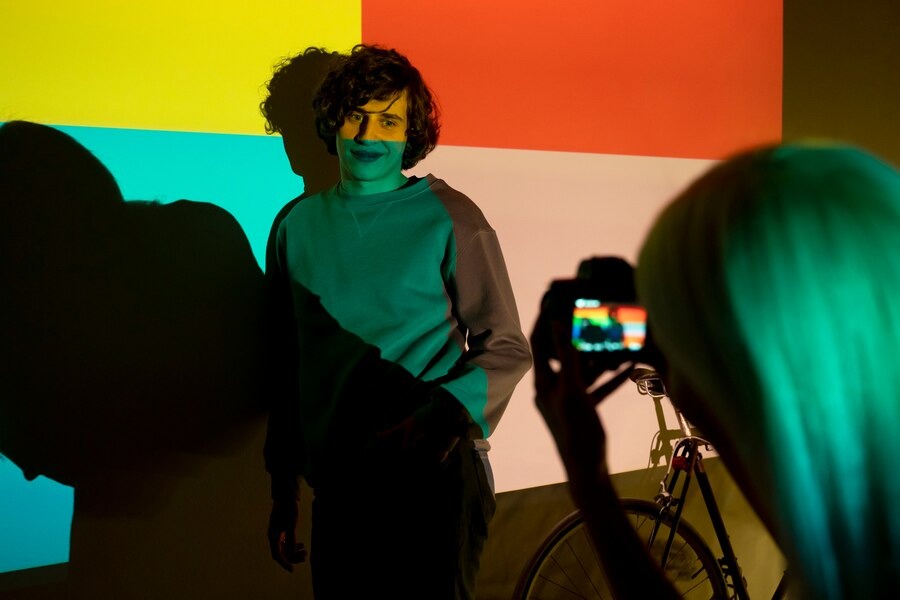In the realm of visual effects and filmmaking, few techniques hold as much transformative power as chroma keying. Also known as green screen or blue screen compositing, chroma keying enables filmmakers to transport audiences to fantastical worlds, place characters in unimaginable scenarios, and unleash boundless creativity. But what exactly is chroma keying, and how does it work?
The Basics of Chroma Keying: Painting the Screen Green (or Blue)
At its core, chroma keying is a process of isolating a specific color range from a video or image and replacing it with another background. Traditionally, this involves filming actors or objects against a uniformly colored backdrop—typically green or blue—chosen for its stark contrast with the subjects. During post-production, specialized software analyzes the footage, identifies the chroma key color, and replaces it with a new background, seamlessly integrating the foreground elements into the desired scene.
From Blockbusters to DIY Projects: Applications of Chroma Keying
Chroma keying has become a staple technique in the film and television industry, enabling filmmakers to realize their creative visions with unprecedented freedom. From epic battle scenes set against otherworldly landscapes to intimate conversations in historical settings, chroma keying transcends the limitations of physical sets and locations, opening doors to endless storytelling possibilities.
Beyond Hollywood, chroma keying has found its way into various other domains, including advertising, education, and live broadcasts. Whether it's placing product endorsers in exotic locales or transporting students to historical events, the versatility of chroma keying knows no bounds. With advancements in technology and the availability of affordable green screen kits, even aspiring filmmakers and content creators can harness the power of chroma keying to bring their ideas to life.
The Art of Chroma Keying: Mastering the Technique
While chroma keying offers unparalleled creative freedom, achieving convincing results requires more than just a green screen and some editing software. Lighting, for instance, plays a crucial role in ensuring uniformity across the chroma key backdrop, minimizing shadows and color spills that could compromise the final composite. Attention to detail during filming, such as avoiding wardrobe choices that match the chroma key color, can also streamline the post-production process and yield cleaner results.
Moreover, mastering the intricacies of chroma keying often involves experimentation, trial, and error. Finding the right balance between foreground and background elements, fine-tuning color correction parameters, and integrating realistic lighting effects are just a few aspects that require careful consideration. Fortunately, with practice and perseverance, filmmakers can unlock the full potential of chroma keying and unleash their imagination with confidence.
Painting the Canvas of Imagination
As technology continues to evolve and creative boundaries expand, chroma keying remains a cornerstone technique for storytellers seeking to captivate audiences and transport them to new worlds. Whether it's the dazzling vistas of distant galaxies or the bustling streets of a bygone era, chroma keying empowers filmmakers to paint the canvas of imagination with vivid colors and limitless possibilities. So, the next time you marvel at a larger-than-life cinematic spectacle or a captivating virtual presentation, take a moment to appreciate the magic of chroma keying at work, seamlessly blending reality and fantasy into a mesmerizing tapestry of visual storytelling.


No comments yet